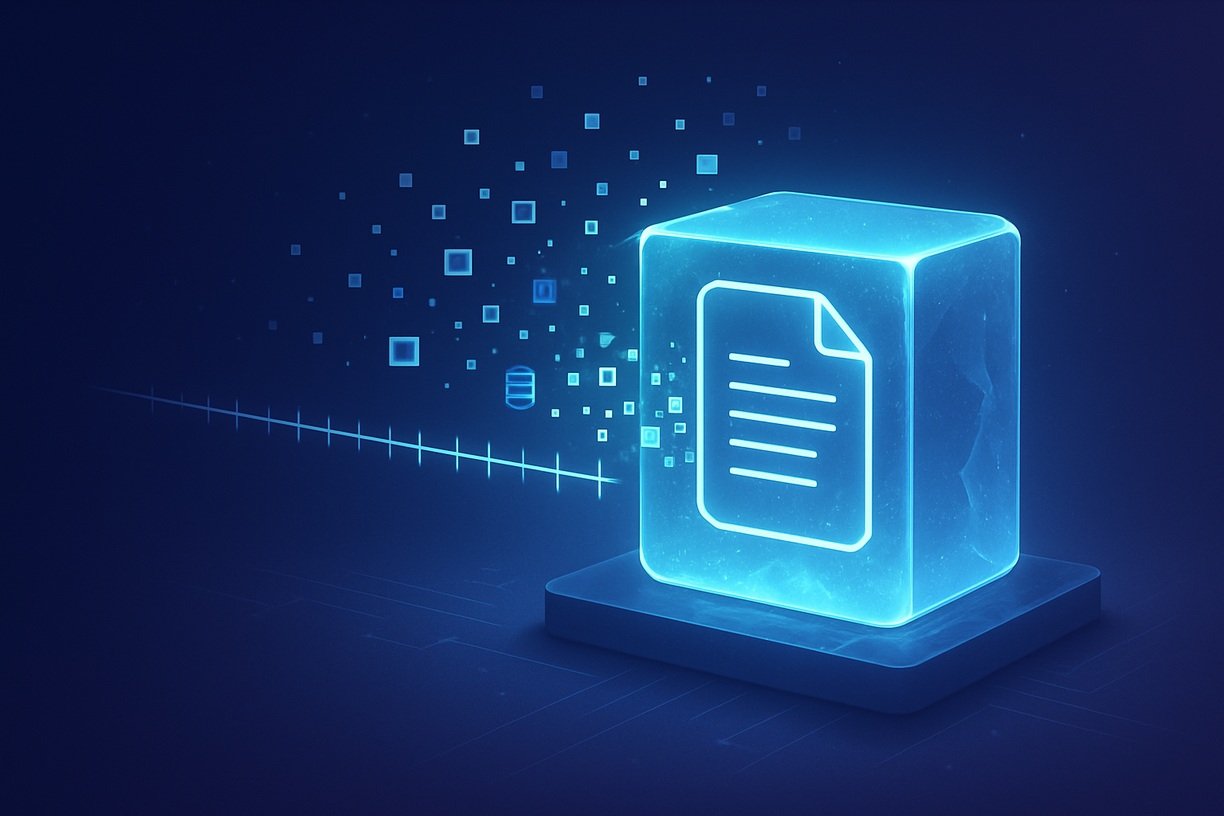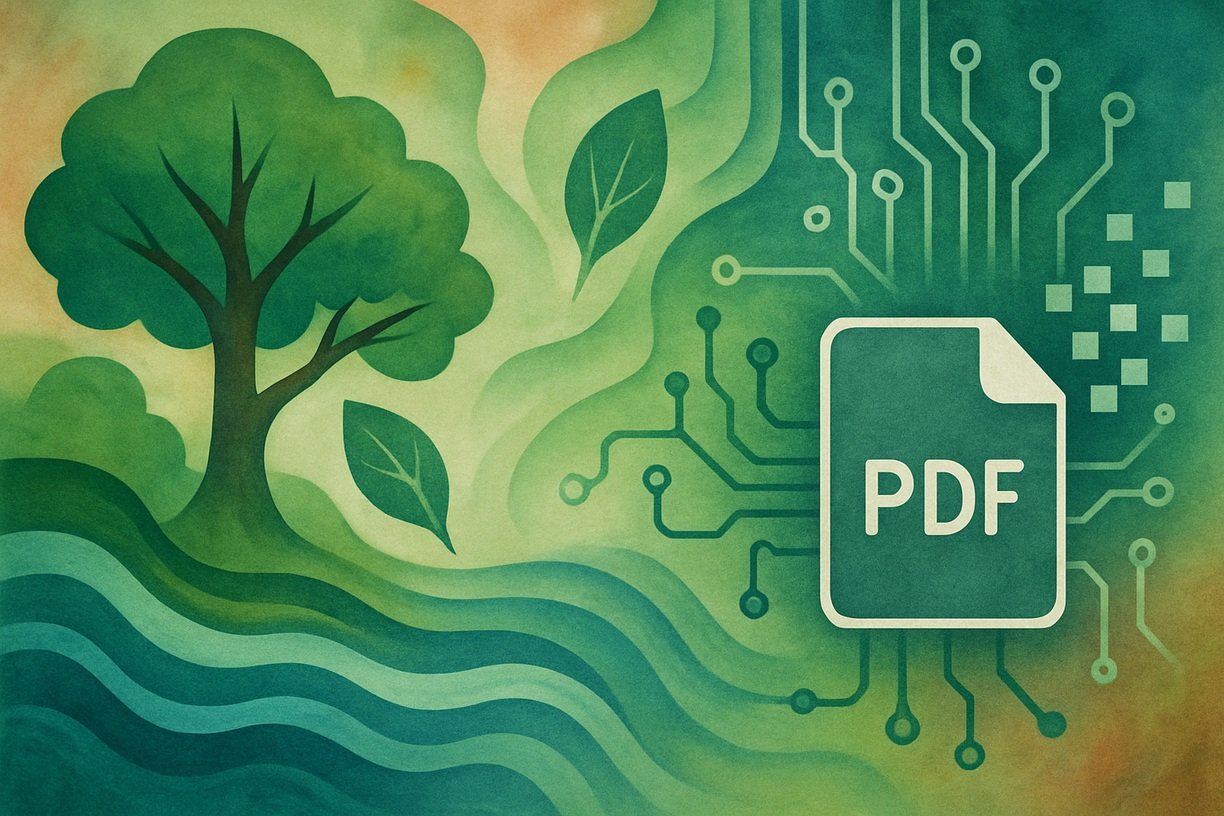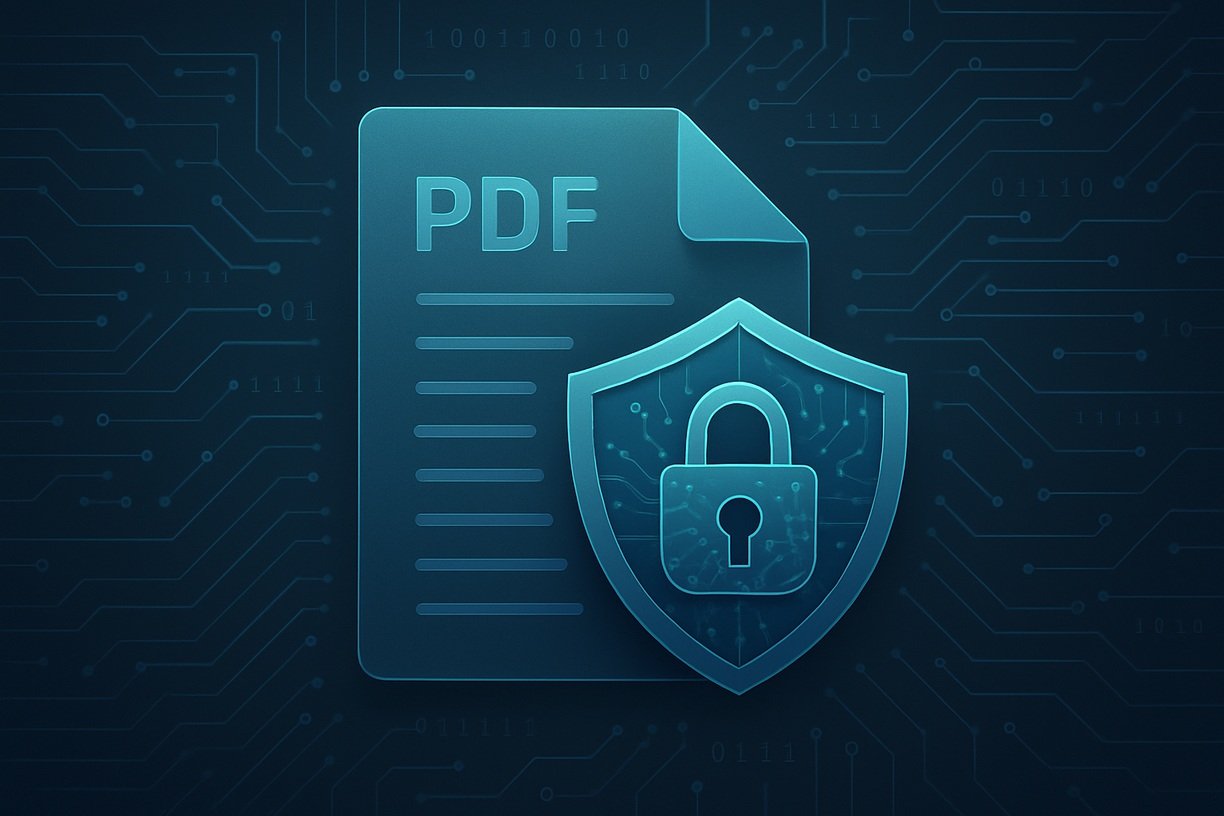Introduction
In an age where information is almost entirely digital, preserving documents for the long term has become both a necessity and a challenge. Whether you’re managing business contracts, legal records, academic research, or government forms, ensuring that your files remain accessible and intact for decades is a critical concern.
That’s where PDF/A comes in — a specialized version of the Portable Document Format (PDF) designed specifically for long-term document archiving and digital preservation.
What Is PDF/A?
PDF/A stands for PDF for Archiving. It’s an ISO-standardized subset of PDF that eliminates features unsuitable for long-term preservation, such as encryption and external content dependencies. The goal is to create a self-contained file that can be opened and read the same way today, tomorrow, or 30 years from now — regardless of software or hardware changes.
In essence, PDF/A is your digital time capsule.
📖 PDF/A is recognized under ISO 19005 standards and is widely used in industries that require document integrity and reliability over decades.
PDF/A vs Regular PDF: What’s the Difference?
While standard PDFs are excellent for everyday use, they may include elements that make them unreliable for archiving. Here’s how PDF/A differs:
| Feature | Regular PDF | PDF/A |
|---|---|---|
| External Links | Allowed | Not Allowed |
| Encryption | Allowed | Forbidden |
| Multimedia/JavaScript | Allowed | Not Allowed |
| Font Embedding | Optional | Mandatory |
| Dependencies | Possible | Eliminated |
By removing risky dependencies and embedding all resources (fonts, images, metadata), PDF/A ensures that the document will always display exactly as intended — no matter where or when it is opened.
Why Does PDF/A Matter?
Most people don’t think twice when saving a PDF. But over time, file formats evolve, fonts become unavailable, and software changes — making older PDFs potentially unreadable or altered.
PDF/A is built to prevent these issues, ensuring that:
- 📜 Legal contracts retain formatting and signatures for decades
- 🏥 Medical and patient records remain accessible for audits or compliance
- 💼 Corporate documentation like annual reports, policies, and financials stay unaltered
- 🎓 Research papers and academic theses remain verifiable over time
In regulated industries such as finance, healthcare, government, and law, using PDF/A is often required to comply with data retention policies and audit standards.
The Different Versions of PDF/A
There isn’t just one PDF/A — over time, the standard has evolved to support new use cases. Here's a breakdown of the key versions:
PDF/A-1 (ISO 19005-1)
- The original standard (2005)
- Ideal for scanned documents and simple records
- No support for transparency or layers
- Great for legal archives and basic long-term storage
PDF/A-2 (ISO 19005-2)
- Adds support for:
- Transparency and layers
- JPEG2000 compression
- Embedded OpenType fonts
- Allows embedding of other PDF/A files
- Recommended for modern document creation and editing
PDF/A-3 (ISO 19005-3)
- Same as PDF/A-2, but allows embedding of any file type (e.g., Excel, XML)
- Used in workflows that need to archive supporting data alongside documents
- ⚠️ Use with caution: Embedded files may not be viewable in the future if their formats become obsolete
✅ Best Practice: Use PDF/A-2 for most long-term archiving needs unless you have a specific requirement for attachments.
Key Benefits of Using PDF/A
Why choose PDF/A over regular PDF for important files? Here are the core advantages:
Long-Term Reliability
Because PDF/A eliminates risky features and embeds all necessary resources, your files will still work even after decades of software changes.
Universal Accessibility
PDF/A documents open on most modern PDF readers and are supported by all major long-term document management systems.
Compliance-Ready
Used by:
- 📚 Libraries and archives
- 🏛️ Government agencies
- 🏥 Hospitals and insurance companies
- 💼 Enterprises with retention policies
PDF/A helps you comply with GDPR, HIPAA, Sarbanes-Oxley, and other data preservation laws.
Searchable and Indexed
PDF/A supports metadata, bookmarks, and OCR (optical character recognition), making files easy to search, organize, and retrieve.
How to Create PDF/A Files
Creating a PDF/A file is easier than you think. Most modern software offers options for exporting in PDF/A format.
Tools That Support PDF/A:
- Microsoft Word / Excel / PowerPoint: File → Save As → PDF → Options → ISO 19005-1 compliant (PDF/A)
- Adobe Acrobat Pro: File → Save As Other → Archivable PDF (PDF/A)
- LibreOffice: File → Export As → Export as PDF → PDF/A checkbox
🔍 Tip: Always validate your PDF/A files using tools like VeraPDF or Adobe Preflight to ensure compliance.
Common Mistakes to Avoid
While creating PDF/A files, avoid:
- Embedding multimedia (audio/video)
- Adding JavaScript or dynamic content
- Linking to external content (images, stylesheets)
- Encrypting or password-protecting files
- Using non-embedded fonts
These actions can cause your file to fail PDF/A compliance checks.
Final Thoughts
As businesses and institutions move toward fully digital ecosystems, digital preservation is no longer optional — it’s essential.
PDF/A offers a future-proof way to store and manage documents that must remain usable and verifiable over time. Whether you're digitizing legal files, preserving historical records, or complying with regulations, PDF/A is the gold standard for archiving.
🕓 Preserve your documents today — so they’re still readable tomorrow.
Start now: Use Forever PDF to manage, convert, and protect your important documents with ease.




